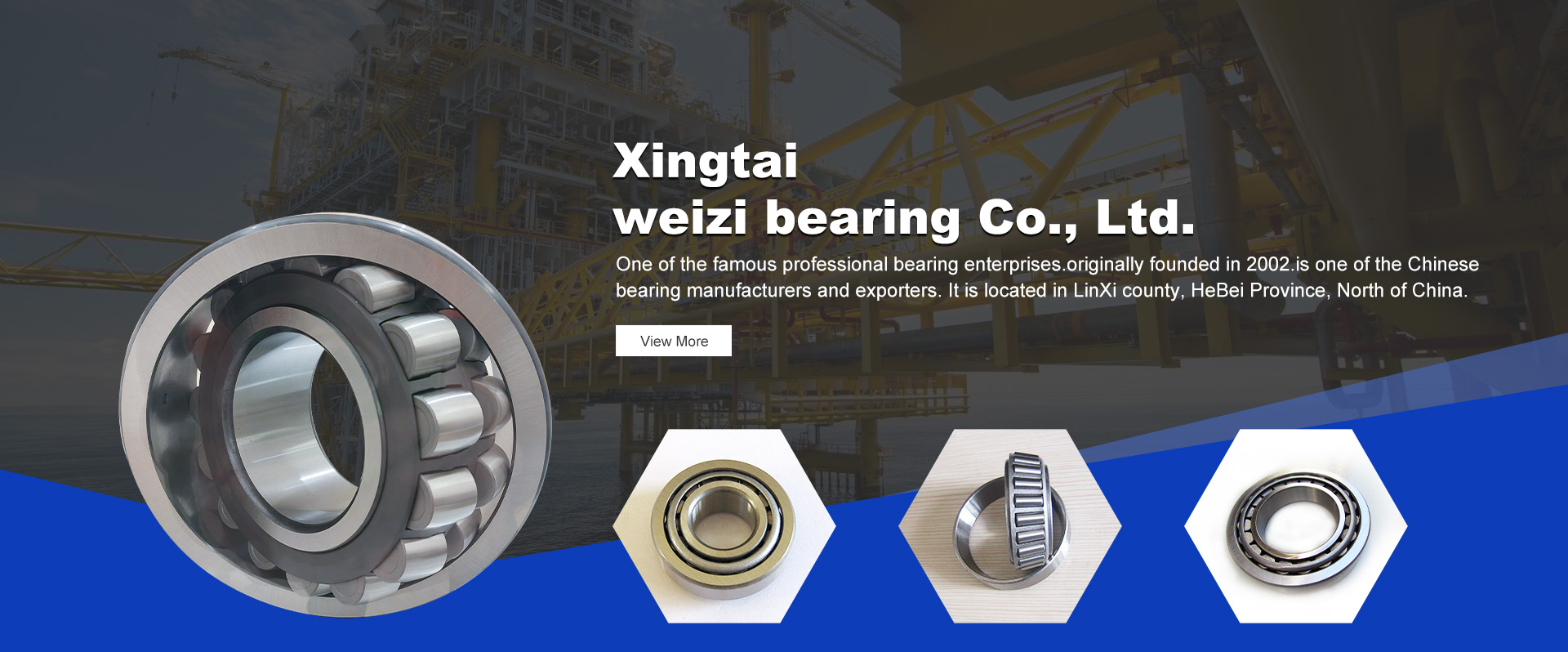
Jul . 25, 2024 04:29 Back to list
Exploring the Benefits and Applications of Axial Ball Bearings in Modern Engineering Solutions
Understanding Axial Ball Bearings Essential Components for Rotational Systems
Axial ball bearings are critical components in many mechanical systems, playing a vital role in facilitating smooth rotational motion. These bearings are specifically designed to handle axial loads, which are forces acting parallel to the axis of rotation, while also providing high efficiency and durability in various applications.
What Are Axial Ball Bearings?
Axial ball bearings consist of two rings (also known as races) and a set of balls arranged between these races. The design allows for the balls to roll while minimizing friction, which is essential for maintaining smooth operation in machinery. Unlike radial ball bearings, which accommodate radial loads (forces acting perpendicular to the axis), axial ball bearings are exclusively crafted to handle axial forces. This makes them ideal for applications where loads are primarily applied along the bearing's axis.
Key Features and Advantages
One of the most significant features of axial ball bearings is their ability to support both high axial loads and limited radial loads. This characteristic makes them particularly effective in applications such as thrust applications in machinery where axial motion predominates. The design of axial ball bearings allows for minimal displacement, ensuring that the axial load is managed efficiently.
Additionally, axial ball bearings are known for their versatility
. They can be manufactured in various sizes and configurations to suit specific operational requirements. The choice of material, such as steel or ceramic, also influences the bearing's performance; for example, ceramic materials can offer higher resistance to wear and corrosion, making them suitable for harsh environments.Applications of Axial Ball Bearings
axial ball bearing

Axial ball bearings find usage in various sectors, including automotive, aerospace, and industrial machinery. In the automotive industry, they are used in applications such as steering columns, where they provide support and stability during operation. In aerospace, axial ball bearings are integral for the functioning of aircraft engines and landing gear systems, where they help manage the multi-directional forces at play.
Industrial machinery also benefits significantly from axial ball bearings. Equipment that involves rotation, such as pumps and conveyor systems, relies on these bearings to support axial loads while maintaining high-speed operations. Their ability to reduce friction leads to increased efficiency and lower energy consumption in these applications.
Maintenance and Lifespan
The longevity of axial ball bearings heavily depends on their maintenance. Regular inspection and lubrication are crucial to reduce wear and prolong their lifespan. Lubricants minimize friction between the balls and races, resulting in smoother operation. Over time, however, even the best-maintained bearings may experience wear and may need to be replaced.
The working environment can also impact the bearings' performance. Factors such as temperature, exposure to contaminants, and overall usage can influence their durability. Choosing the right type of axial ball bearing for a particular application is essential for optimizing performance and ensuring reliability.
Conclusion
Axial ball bearings are indispensable components in the mechanical world, providing support for applications that require efficient axial load management. Their design, versatility, and ability to minimize friction make them vital in various sectors, from automotive to industrial machinery. Understanding their role and maintaining them properly can lead to enhanced performance and longevity in any system they are integrated into. As technology continues to evolve, innovations in bearing design and materials will likely further improve their capabilities, solidifying their importance in modern engineering systems.
Latest news
-
Industrial Machine Bearings: the core hub of mechanical operation
NewsAug.06,2025
-
Deep Groove Ball Bearing: A Dynamic "Elf" Operating Mechanically
NewsAug.06,2025
-
Compact craftsmanship: the way to optimize the space of Concrete Mixer Bearings
NewsAug.06,2025
-
Combine Harvester Bearings: The 'Steel Backbone' of Modern Agriculture
NewsAug.06,2025
-
Bearing Machinery: a flexible support hub for mechanical operation
NewsAug.06,2025
-
Agricultural Equipment Bearings: A Power Hub for Intensive Cultivation under Radial Space Constraints
NewsAug.06,2025
